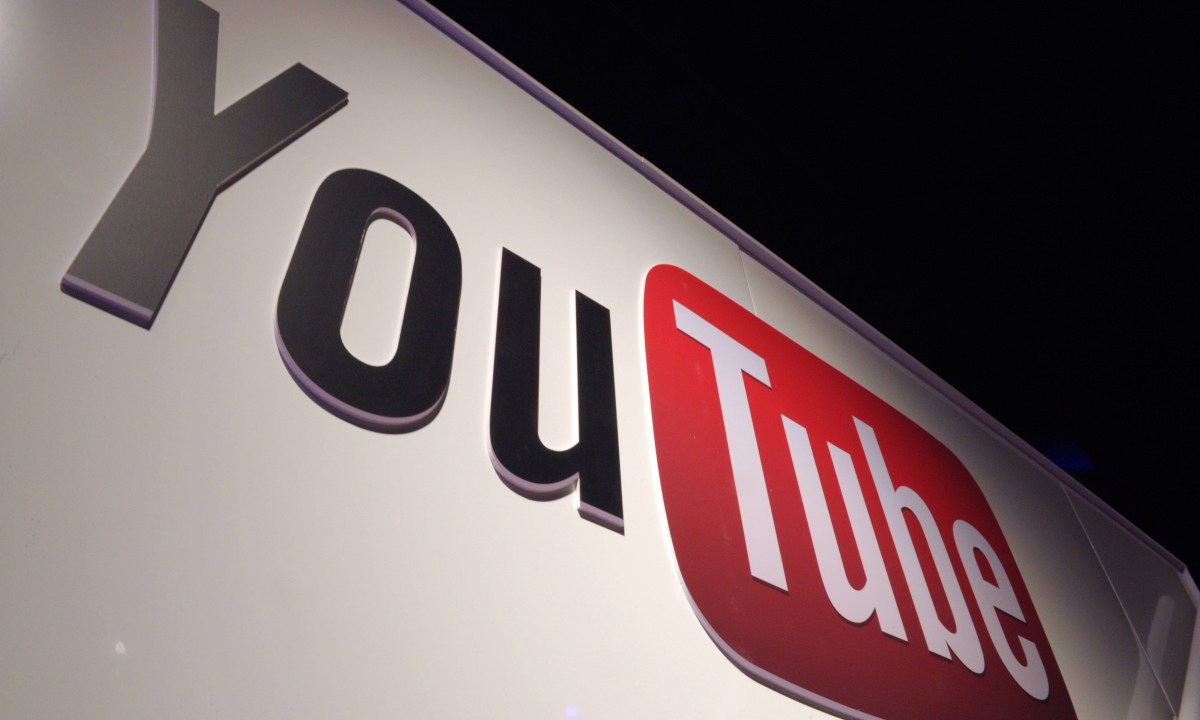YouTube tells OpenAI it can’t use its videos to train Sora
- April 6, 2024
- 0
The way some companies train their AI models or provide content causes quite a bit of conflict between different parties. The last episode we know of is YouTube
The way some companies train their AI models or provide content causes quite a bit of conflict between different parties. The last episode we know of is YouTube

The way some companies train their AI models or provide content causes quite a bit of conflict between different parties. The last episode we know of is YouTube Alert on OpenAI on the use of videos uploaded to the platform as content for Sora’s training.
To be more specific, YouTube CEO Neal Mohan told OpenAI that using videos posted on the platform to teach Sora would be a clear violation of its terms of use. For those lost, Sora is an artificial intelligence developed by OpenAI capable of generating videos up to one minute long, which is an evolution compared to many image generation tools that have appeared recently.
In an interview with Bloomberg Originals, Mohan was clear when he said that “when a creator uploads their hard work to our platform, they have certain expectations. One of those expectations is that the terms of service will be respected. Things like transcripts or video clips cannot be downloaded, which is a clear violation of our terms of service. “Those are the rules of the road when it comes to content on our platform.”
AI training is a topic that has sparked debate since the beginning, and not just around OpenAI with Sora, ChatGPT and DALL-E. For example, Meta, the parent company of Facebook, has publicly admitted to using allegedly pirated material to train its large language models (LLMs) Llama 1 and Llama 2. On the other hand, and in a different area, Microsoft, GitHub, and OpenAI were sued by Matthew Butterick because GitHub Copilot violated a total of eleven open source licenses, including the MIT, GPL, and Apache 2, which require attribution and copyright.

AI-generated content is contested by many because the models used to generate it are often based on copyrighted material, so written permission should be required from the relevant people to use their content. , as is the case with many open source licenses.
We’ll see what he does in the end. Ultimately, though, YouTube seems to have sided with the people who publish on its platform from a gallery perspective. This makes sense because there are many people who have YouTube as the axis of their income, and we say axis because living only on the platform has been almost impossible for a long time. However, this did not prevent the publication of many very well-made videos that cost hours of work at all levels, from a recording with many bad shots to a quality edition made from professional material, all together with a preview. height.
In short, it’s not in YouTube’s interest to go down with content creators who are generally not treated very well due to the strong dominance the platform holds within its segment.
Source: Muy Computer
Donald Salinas is an experienced automobile journalist and writer for Div Bracket. He brings his readers the latest news and developments from the world of automobiles, offering a unique and knowledgeable perspective on the latest trends and innovations in the automotive industry.